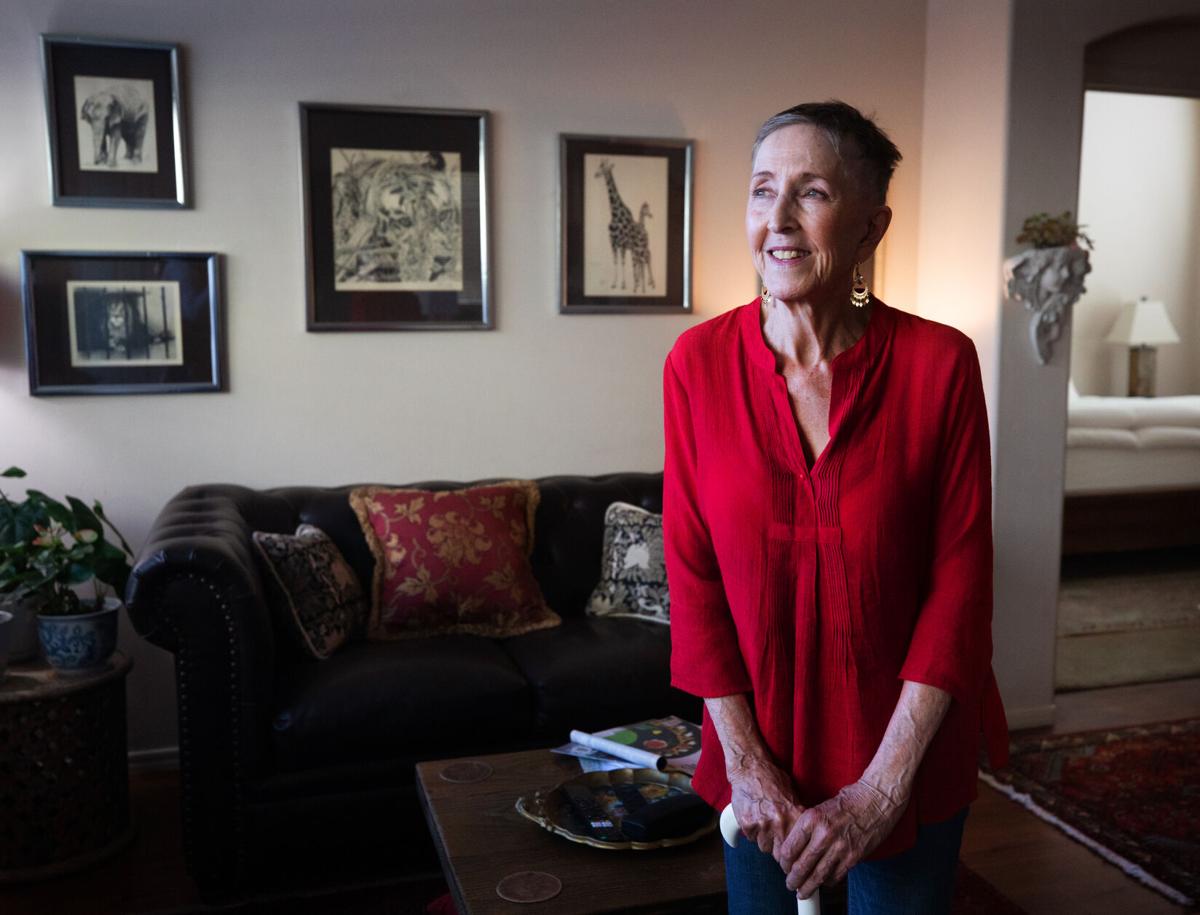Tucson residents may soon be predominantly renters.
A combination of escalating home prices and a lifestyle choice are fueling occupancy in rental properties, from traditional apartments to single-family homes in rental-only communities.
The latter, known as built-to-rent developments, are experiencing significant growth in Pima County and some traditional homebuilders are now building housing projects just for renters.
Permits for new homes for sale are down more than 50% from last year.
Meanwhile, there are 10 built-to-rent, or BTR, projects underway locally with more than 1,650 homes.
“They’re definitely ramping up,” said Jim Daniel, a local housing analyst. “It caught our attention because they’re single-family, detached.”
He said developers of these communities have bought a lot of land in the last couple of years.
The latest data from the U.S. Census Bureau shows 51.3% of homes in Tucson are owner-occupied.
“I don’t think it’s speaking to the nature of Tucson’s economy or the housing market,” Daniel said. “You are a university town, so you are going to have a higher percentage of rental units given that you have so many students.
“It’s just another option for people out there who don’t want to live in a traditional complex.”
‘Maintenance free,’ flexibility to move
In 2018, Jo Erath, 81, sold her home in Phoenix and moved into the BTR community, Avilla Marana, near Thornydale and Ina roads.
“The house was too much upkeep,” she said. “I’m comfortable here and it’s maintenance free.”
Her backyard includes a patio and some artificial turf, Erath said.
She doesn’t consider renting to be throwing away money.
“The thing is, if you take your money and put it in a good savings account, you can make good money,” Erath said. “I just see lots of pluses of living in a rental and my children think it’s a wise decision because I don’t worry about maintenance.”
Vince DeBlasi moved into BTR community Avilla Preserve, near Orange Grove and Mona Lisa roads, about three years ago.
“I wasn’t sure if I was going to stay in Tucson, but I looked around and liked these because it’s not a standard apartment and I don’t share common walls and I have a small yard,” said DeBlasi, 52. “And I appreciate the flexibility that if I decide to leave, it’s easier.”
He likes that the maintenance is included with the rent.
“I’ve had appliances go out and it gets taken care of and I don’t have to worry about going out to buy a $2,000 refrigerator,” DeBlasi said. “Of course, you’re not building equity, but you’re not out of pocket.
“Right now, it just kind of works.”
Renters by choice are changing cities
Renters by choice have changed the makeup of more than 20 U.S. cities in the past decade, flipping them from majority homeowner to majority renter, a report by RentCafe shows.
Since 2010, the number of renters has increased by more than 9% while the number of homeowners increased 4.3% in that same period.
The share of renters makes up about 34% of the U.S. population, the report says.
The highest that percentage has ever been was in 1960 when 36% of Americans were tenants.
Should Tucson become a renter-majority city, business leaders say it won’t have an impact on its image or ability to recruit new companies.
When looking to expand, companies are interested in the workforce and the availability of housing for that workforce, said Michael Guymon, president and CEO of the Tucson Metro Chamber.
“From our standpoint, we’re concerned with availability and affordability of housing,” he said. “I’ve never heard of an employer say, ‘We’re concerned that there are not more homeowners.’”
Here are some easy ways to save money on gas and energy in your apartment.





